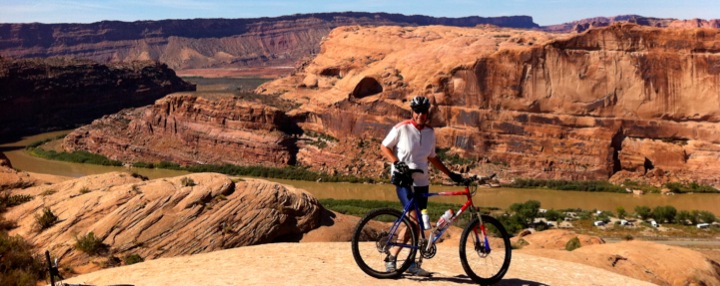If you get a chance to visit Bend in the high desert rain shadow of Oregon’s Central Cascades, take it. Choose a clear day in early winter, when the light is low and the high altitude air is clear and bright and the colors are turned up to 11. I chose two such days this weekend. On Saturday, I walked the Deschutes River Trail from Archie Briggs upstream to Mirror Pond in downtown’s Drake Park. South of the trail’s detour around the River Edge golf course, the trail rejoins the Deschutes River. The river is slow here, and I saw several Common Goldeneye. (COGO, Bucephala clangula). I’ve known this bird for decades, but I’ve never seen the eye so golden. That low winter light and rarefied air returned an image to me as bright and glowing as a polished dubloon and the iridescence of the drake’s head flashed purple, green and blue and every combination of them.
I also saw several beautiful Hood Mergansers (HOME Lophodytes cucullatus), and I got a nice long look at a female HOME swallowing a fish. There were also a couple of American coots (AMCO Fulica americana) standing on a rock near a Great Blue Heron GBHE (Ardea herodias) and multiple pods of mallards MALL (Anas platyrhynchos.)
Upstream, the river runs so slow it forms Mirror Pond, a reflecting gem only a few hundred feet from the heart of downtown Bend. It feels closer. (This is the eponymous Mirror Pond of the pale ale that launched the Deschutes Brewery a few blocks away in 1988.) As I approached down the soft bank of expansive lawn of Drake Park, a squadron of Common Mergansers COME (Mergus merganser) came in low on a fast sortie, banking slightly to hold their position over the center of the river. I got a good look at them through my binoculars. Heavy birds, with fast, powerful wingbeats, each bird locked in steady formation with his wingman. There were a mix of drakes and hens, the drakes with their bright green heads and flashing white and black bodies; the hens a little duller with a pale orange head, crest pulled back by the wind. The group passed, and another whistled through, then another. They continued upstream (to the south; you can’t really see the river flow here.) A little farther south, a flotilla of a couple dozen COME were lolling in the slack water. Most of them were preening; a few napped. One or two scratched their head with a fanned foot. I glassed through the floating birds and found a few Ring-necked ducks RNDU (Aythya collaris.)
Continuing south, a formation of eight drake buffleheads BUFF (Bucephala albeola) moved forward like a battleship group on maneuvers. Is there a more striking bird per square inch than the diminutive bufflehead? That bright white crest seems to be half the bird and inflates their size. There was one hen with them. I watched them dive in perfect sequence, each bird ducking under the water immediately after the bird to his left, like a line of synchronized swimmers. I don’t know what was happening below the surface, but I would surmise they hold their formation to herd fish into a tighter school for easier pickings.

Fascinating! You write so beautifully! I can fully imagine everything you were describing! ❤️